Steel reinforcement is a critical component in construction, providing strength and durability to various structures.
It is an essential material in the building industry, commonly used in the construction of buildings, bridges, roads, and other infrastructure projects.
Steel reinforcement, also known as rebar, plays a crucial role in reinforcing concrete and ensuring the structural integrity of a project.
At its core, steel reinforcement is a steel bar or mesh of steel wires used as a tension device in reinforced concrete and masonry structures.
The primary purpose of steel reinforcement is to withstand tensile forces, which concrete on its own is not capable of bearing effectively.
By combining steel reinforcement with concrete, engineers create a composite material that can support compressive loads while the steel resists tensile forces.
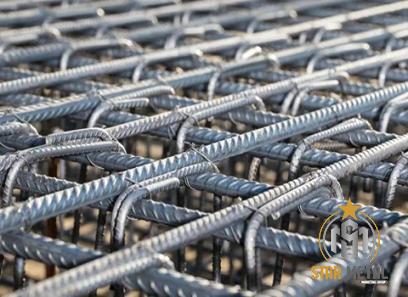
.
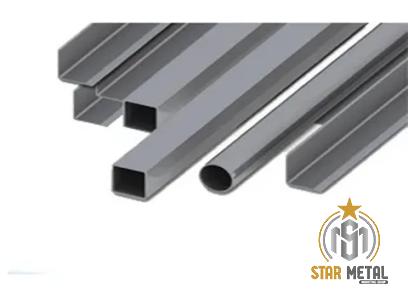 Furthermore, steel reinforcement is essential in the construction of foundations and slabs, where it helps distribute loads from the superstructure to the underlying soil.
Furthermore, steel reinforcement is essential in the construction of foundations and slabs, where it helps distribute loads from the superstructure to the underlying soil.
The proper placement and detailing of steel reinforcement in foundations are critical to ensuring the structural integrity of the entire building and preventing settlement or differential movement over time.
Steel reinforcement is also utilized in the construction of bridges and highways, where it reinforces concrete decks, piers, and abutments to withstand heavy traffic loads and environmental stresses. The high strength and durability of steel reinforcement make it an ideal material for infrastructure projects that require long-term performance and resilience to dynamic loading conditions.
..
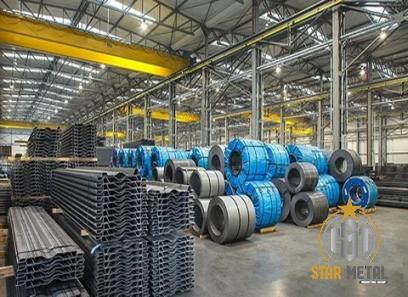 Steel reinforcement is also a sustainable choice for construction projects, as it is fully recyclable and can be reused multiple times without sacrificing its properties.
Steel reinforcement is also a sustainable choice for construction projects, as it is fully recyclable and can be reused multiple times without sacrificing its properties.
Recycling steel reinforcement reduces the demand for raw materials and energy-intensive production processes, making it an environmentally friendly option for builders and developers.
By incorporating recycled steel reinforcement into construction projects, stakeholders can contribute to reducing the carbon footprint of the industry and promoting sustainable practices.
Additionally, steel reinforcement provides long-term durability and low maintenance requirements, reducing the life-cycle costs of a structure over time.
The corrosion-resistant properties of steel reinforcement help prolong the service life of buildings and infrastructure, minimizing the need for costly repairs and maintenance.
This durability factor is particularly important in harsh environments or coastal areas where exposure to moisture and salt can accelerate the deterioration of construction materials.
…
 In conclusion, steel reinforcement is an indispensable material in the construction sector, providing strength, durability, and versatility to a wide range of structures.
In conclusion, steel reinforcement is an indispensable material in the construction sector, providing strength, durability, and versatility to a wide range of structures.
Its unique properties and benefits make it a preferred choice for engineers, builders, and developers seeking to create safe, resilient, and sustainable buildings and infrastructure.
By understanding the advantages of steel reinforcement and its applications in construction, stakeholders can make informed decisions that drive the success and quality of their projects.
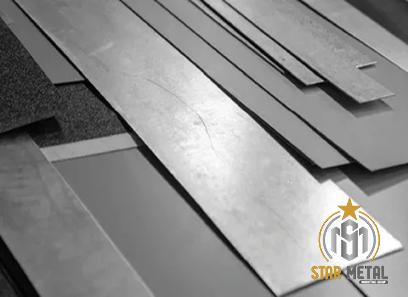
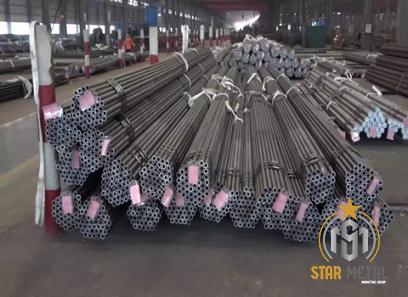
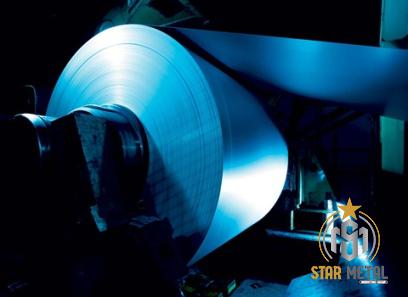
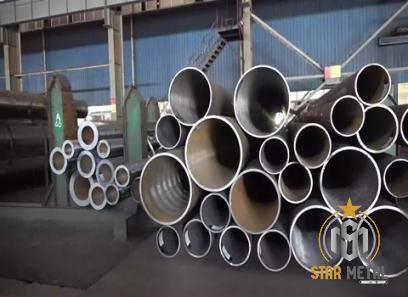

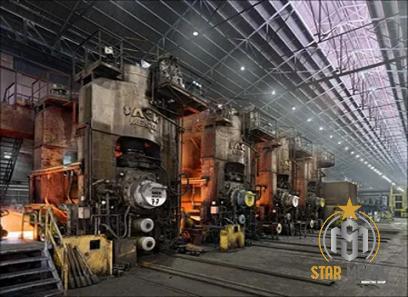
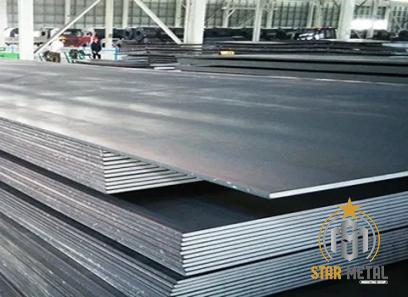
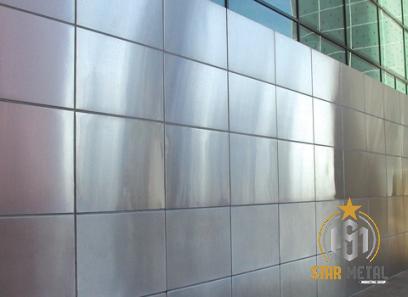
Your comment submitted.